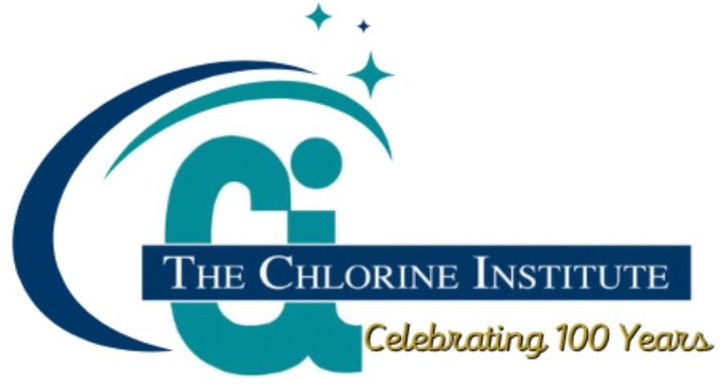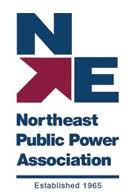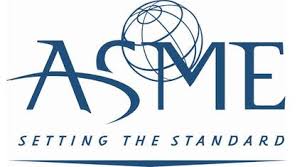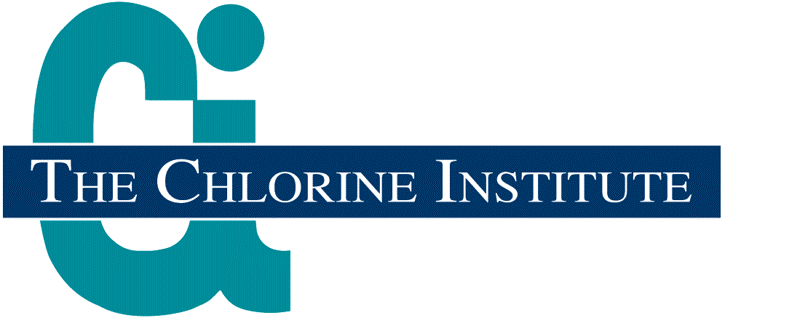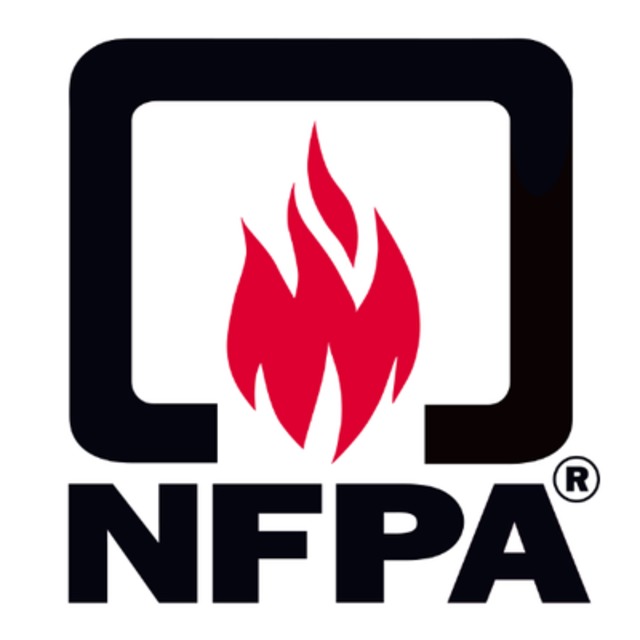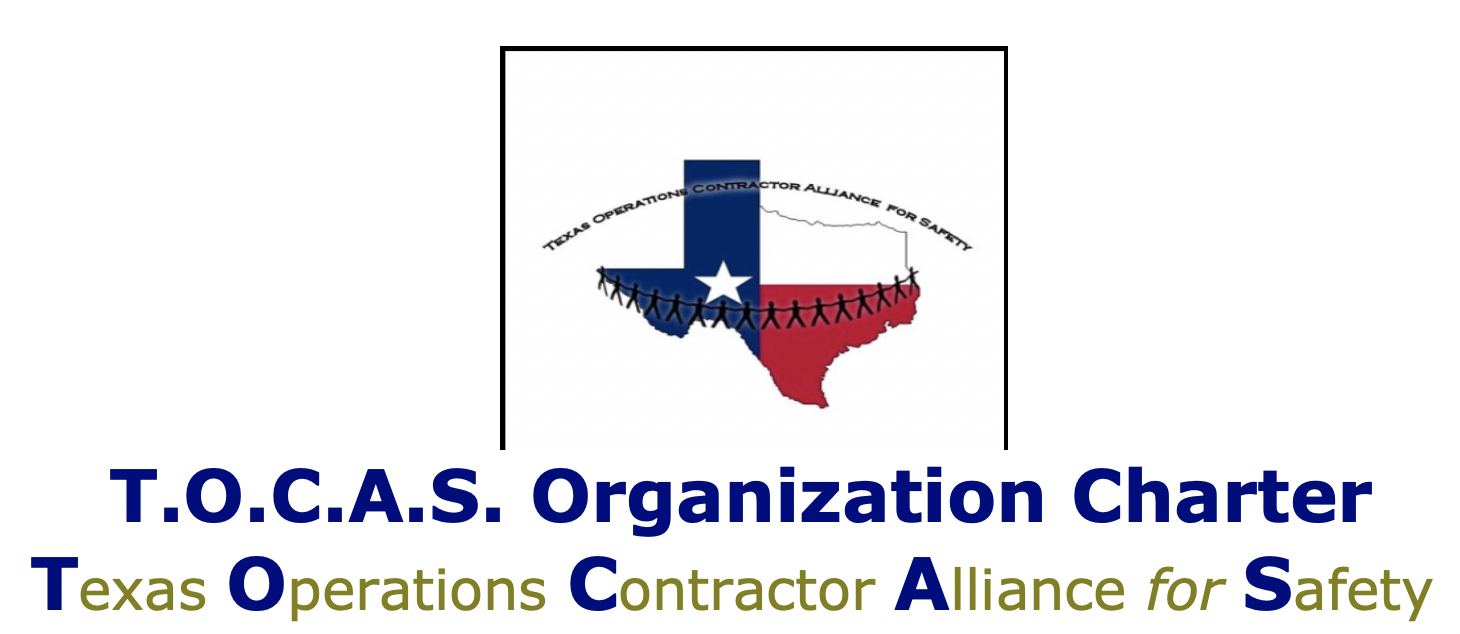A Proposed Rule by the Occupational Safety and Health Administration on 08/30/2024
OSHA is proposing to issue a new standard, titled "Heat Injury and Illness Prevention in Outdoor and Indoor Work Settings". The standard would apply to all employers conducting outdoor and indoor work in all general industry, construction, maritime, and agriculture sectors where OSHA has jurisdiction, with some exceptions. It would be a programmatic standard that would require employers to create a plan to evaluate and control heat hazards in their workplace. It would more clearly set forth employer obligations and the measures necessary to effectively protect employees from hazardous heat. OSHA requests comments on all aspects of the proposed rule.
Comments to this NPRM (including requests for a hearing) and other information must be submitted by December 30, 2024
OSHA is proposing this standard pursuant to the Occupational Safety and Health Act of 1970, 29 U.S.C. 651 et seq. (OSH Act or Act). The Act authorizes the agency to issue safety or health standards that are “reasonably necessary or appropriate” to provide safe or healthful employment and places of employment (29 U.S.C. 652(8)). A standard is reasonably necessary or appropriate when a significant risk of material harm exists in the workplace and the standard would substantially reduce or eliminate that workplace risk. Applicable legal requirements are more fully discussed in Section II., Pertinent Legal Authority.
On October 27, 2021, OSHA published in the Federal Register an advance notice of proposed rulemaking (ANPRM) for Heat Injury and Illness Prevention in Outdoor and Indoor Work Settings (86 FR 59309). The ANPRM outlined key issues and challenges in occupational heat-related injury and illness prevention and aimed to collect evidence, data, and information critical to informing how OSHA proceeds in the rulemaking process. The ANPRM included background information on injuries, illnesses, and fatalities due to heat, underreporting, scope, geographic region, and inequality in exposures and outcomes. The ANPRM also covered existing heat injury and illness prevention efforts including OSHA's efforts, the National Institute for Occupational Safety and Health (NIOSH) criteria documents, State standards, and other standards.
The proposed rule is a programmatic standard that requires employers to create a heat injury and illness prevention plan to evaluate and control heat hazards in their workplace. It establishes requirements for identifying heat hazards, implementing engineering and work practice control measures at or above two heat trigger levels (i.e., an initial heat trigger and a high heat trigger), developing and implementing a heat illness and emergency response plan, providing training to employees and supervisors, and retaining records. The proposed rule would apply to all employers conducting outdoor and indoor work in all general industry, construction, maritime, and agriculture sectors, with some exceptions (see Section VII.A., Paragraph (a) Scope and Application). Throughout this document, OSHA seeks input on alternatives and potential exclusions.
